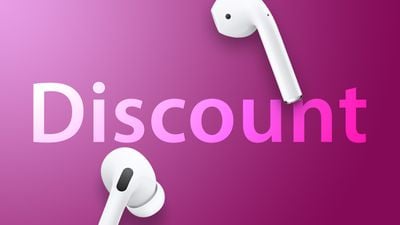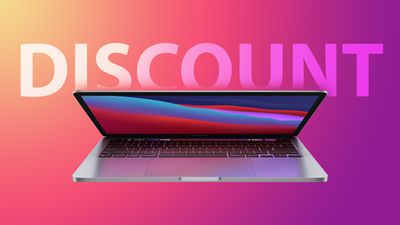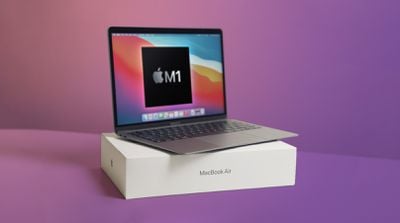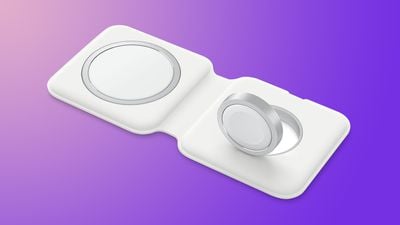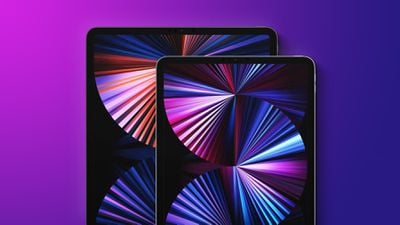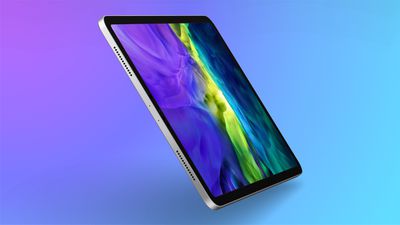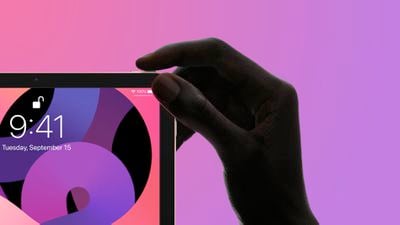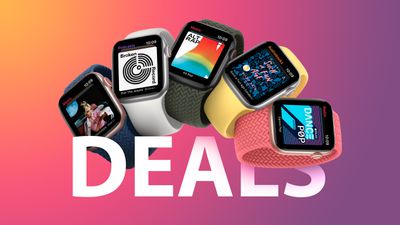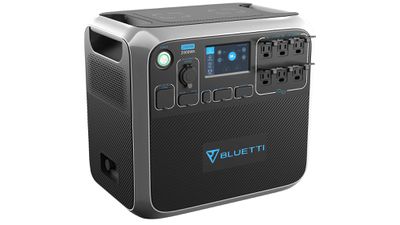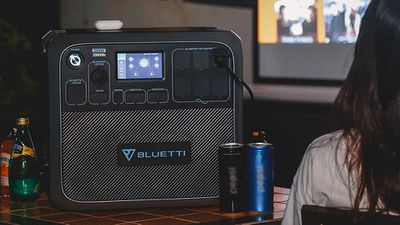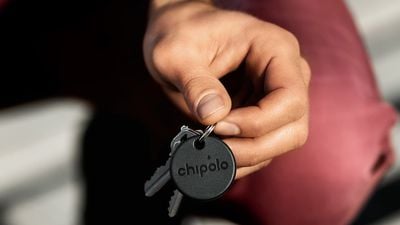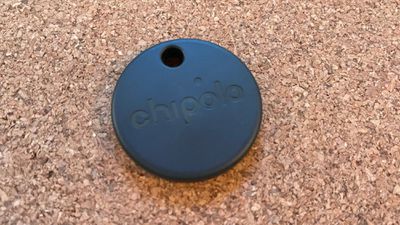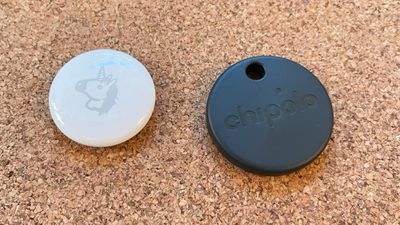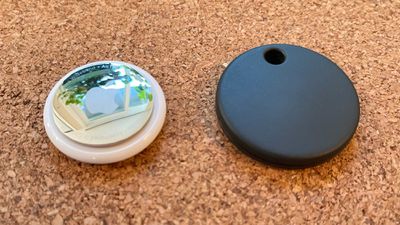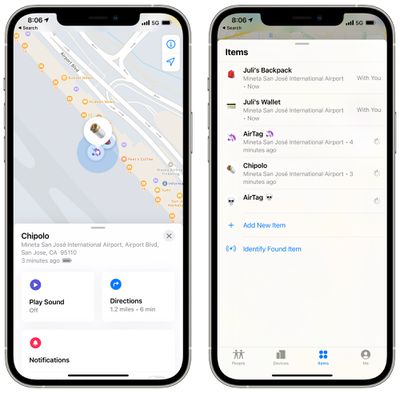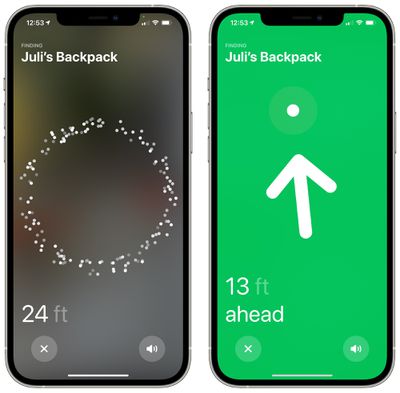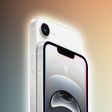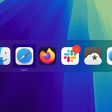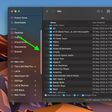We're just one week away from WWDC 2021, which kicks off next Monday, June 7 and runs through Friday, June 11. Apple's annual developers conference will be an all-digital affair for the second year in a row due to public health measures, but it will still be an exciting week, with Apple expected to unveil iOS 15 and other new software updates.
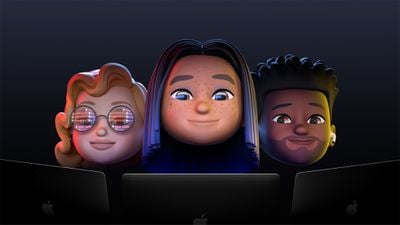
Ahead of WWDC, we've put together five steps to prepare for the conference.
1. Set Siri Reminders
During the course of WWDC, there are a few presentations that have broader appeal:
- Keynote on Monday, June 7 at 10 a.m. Pacific Time: Apple is expected to unveil iOS 15, iPadOS 15, macOS 12, watchOS 8, and tvOS 15, and there is always a chance of a hardware surprise or two, with a new MacBook Pro rumored.
- Platforms State of the Union on Monday, June 7 at 2 p.m. Pacific Time: Apple will provide a deeper dive into the new developer tools, technologies, and advances across its software platforms.
- Apple Design Awards on Thursday, June 10 at 2 p.m. Pacific Time: The awards celebrate the creative artistry, craftsmanship, and technical achievement of Apple developers, according to Apple.
One handy way to remember these dates and times is to set Siri reminders using an iPhone, Mac, Apple Watch, HomePod, or other Apple device. For example: "Hey Siri, remind me to watch the WWDC Keynote on June 7 at 10 a.m."
Find out when the WWDC Keynote takes place in time zones around the world.
2. Download the Apple Developer App
Available on the iPhone, iPad, Mac, and Apple TV, the free Apple Developer app is central to the WWDC experience, complete with a full schedule once available. Beginning June 8, session videos will be posted to the app each day, providing a deep dive into new features and frameworks being added across Apple's software platforms. The WWDC Keynote will also be available in the app with on-demand playback after the conclusion of the live stream.
New for WWDC 2021, "Pavilions" will provide an easy way for developers to explore relevant sessions, labs, and special activities for a given topic, like SwiftUI. Pavilions will be found exclusively within the Apple Developer app.
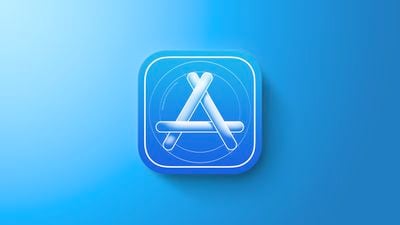
The Apple Developer app can be downloaded from the App Store, and many of the resources are available to the general public for free.
Other helpful resources include the Apple Developer website and the Apple Developer Forums.
3. Join the Apple Developer Program
In line with previous years, Apple will likely seed the first betas of iOS 15, iPadOS 15, macOS 12, watchOS 8, and tvOS 15 to registered developers for testing within an hour or two after the WWDC Keynote concludes.
Those interested in installing the betas on their devices on an official basis will need to sign up for an Apple Developer Program membership, which costs $99 per year in the United States. Individuals who are 18 years or older or have reached the equivalent age of majority in their country can enroll in the Apple Developer Program, even if they do not plan on distributing any apps on the App Store.
It's important to keep in mind that Apple's beta software typically has some bugs or other issues that may affect performance or usability to some extent. For this reason, it's always recommended that beta software be installed on a secondary device that isn't relied on for daily use. It's equally important to back up your devices to a Mac or iCloud before installing beta software to avoid the risk of data loss.
Those who do not want to pay for an Apple Developer Program membership can join Apple's free Beta Software Program, but the first public betas of major new software versions are typically not released until late June or early July.
4. Sign Up for Digital Lounges
Apple will be hosting Digital Lounges at WWDC 2021. Apple Developer Program or WWDC 2021 Swift Student Challenge winners will be able to join Apple engineers and designers throughout the week as they host text-based Q&As and special activities related to developer tools, SwiftUI, accessibility, and machine learning, according to Apple.
Sign-ups open tomorrow, June 1, with limited availability on a first come, first served basis. Visit the Digital Lounges page for more details.
5. Follow MacRumors
Stay tuned to MacRumors.com for complete coverage of WWDC week, including a live blog of the Keynote. If you are unable to watch the stream, be sure to follow @MacRumorsLive on Twitter, where we'll be live tweeting the Keynote as well. Also follow MacRumors on Instagram, YouTube, Facebook, and RSS for WWDC news, videos, and more.
Our in-depth WWDC roundup is also a helpful resource, and worth adding to your browser's bookmark bar for the next few weeks.


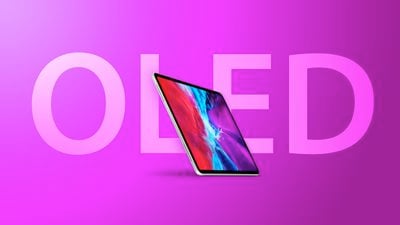
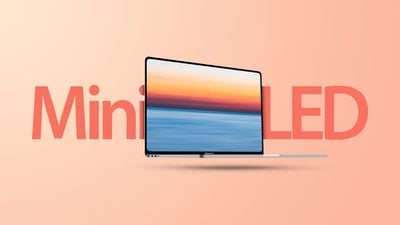
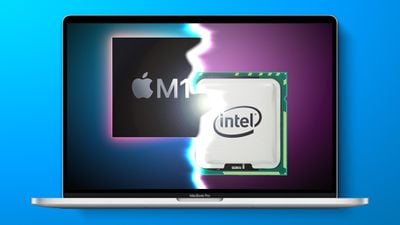

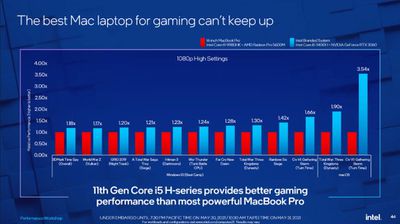
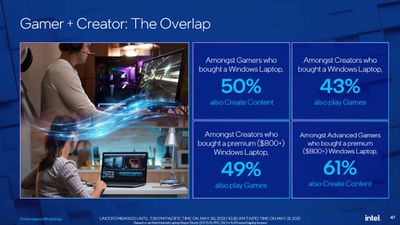


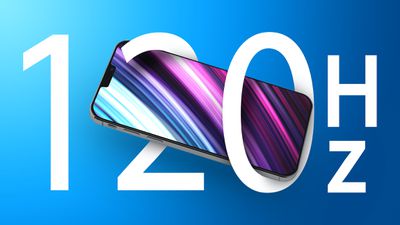

 Note: MacRumors is an affiliate partner with some of these vendors. When you click a link and make a purchase, we may receive a small payment, which helps us keep the site running.
Note: MacRumors is an affiliate partner with some of these vendors. When you click a link and make a purchase, we may receive a small payment, which helps us keep the site running.



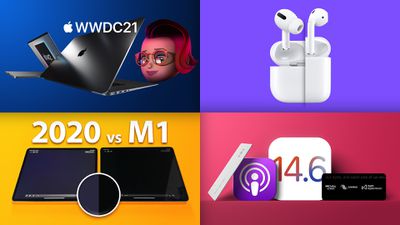

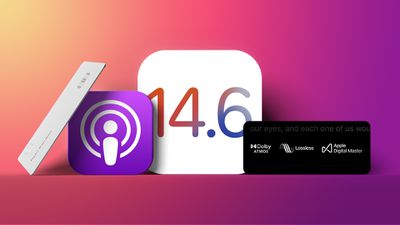
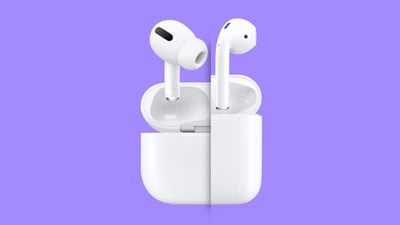
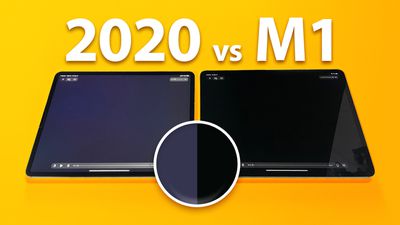
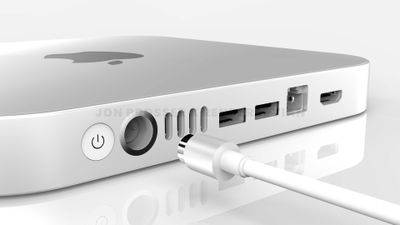
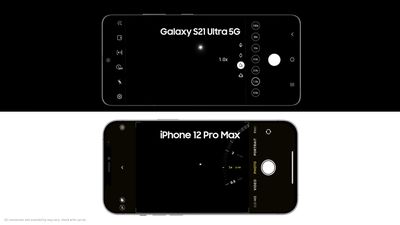
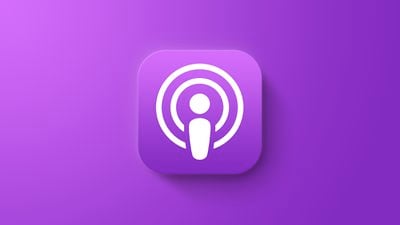
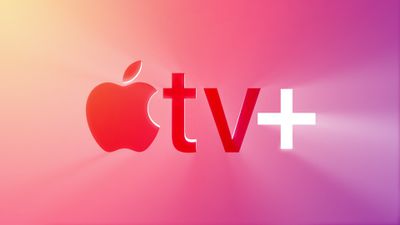

 Note: MacRumors is an affiliate partner with some of these vendors. When you click a link and make a purchase, we may receive a small payment, which helps us keep the site running.
Note: MacRumors is an affiliate partner with some of these vendors. When you click a link and make a purchase, we may receive a small payment, which helps us keep the site running.